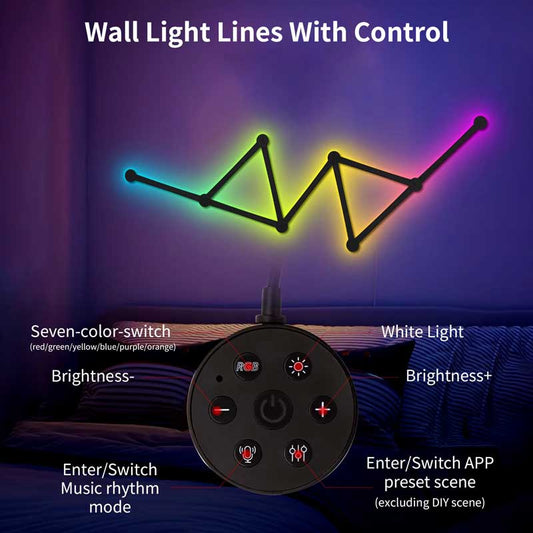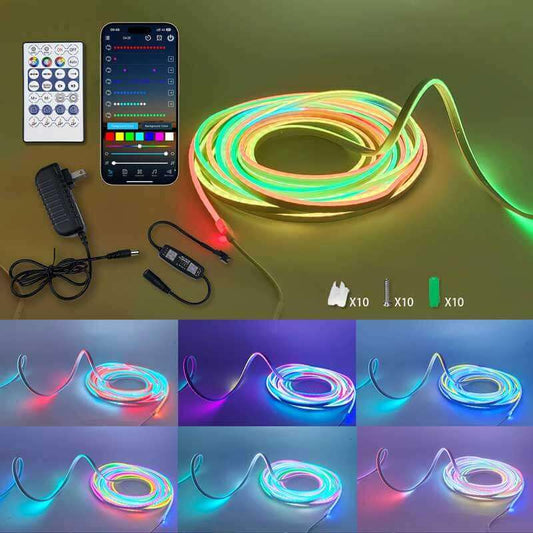How can I adjust the sensitivity of motion sensor lights?
Share
Adjusting the sensitivity of motion sensor lights is a crucial step to ensure that they function optimally and meet your specific needs. Here are some general steps to help you adjust the sensitivity of most motion sensor lights:
-
Locate the Sensitivity Adjustment Controls: The sensitivity adjustment controls on motion sensor lights are typically located on the sensor unit itself. This may be a dial, switch, or button that allows you to change the sensitivity settings.
-
Understand the Sensitivity Levels: Motion sensor lights usually have a range of sensitivity levels that determine how easily they will detect motion. Higher sensitivity levels mean the light will activate with even slight movements, while lower sensitivity levels require more pronounced motion to trigger the light.
-
Test the Current Sensitivity: Before making any adjustments, test the current sensitivity level of the motion sensor light. Walk within the detection range to see how easily it activates and if it covers the desired area.
-
Adjust the Sensitivity Level: Depending on your specific requirements, use the sensitivity adjustment controls to increase or decrease the sensitivity of the motion sensor light. Follow the instructions provided by the manufacturer for your particular model.
-
Fine-Tune the Settings: Make small adjustments to the sensitivity level and test the light each time to ensure it meets your needs. Finding the right balance is important to avoid false triggers or missed detections.
-
Consider the Environment: Factors such as ambient light, the position of the sensor, and nearby objects can affect the sensitivity of motion sensor lights. Adjust the settings accordingly to account for these variables.
-
Consult the User Manual: If you're unsure about how to adjust the sensitivity of your specific motion sensor light, refer to the user manual provided by the manufacturer. The manual will typically include detailed instructions on adjusting settings and troubleshooting common issues.
-
Monitor Performance: After making adjustments, monitor the performance of the motion sensor light over time to ensure that it is effectively detecting motion without being overly sensitive or missing important movements.
By following these steps and taking the time to adjust the sensitivity of your motion sensor lights to suit your specific requirements, you can ensure that they operate efficiently and provide the desired level of security and convenience for your home.




